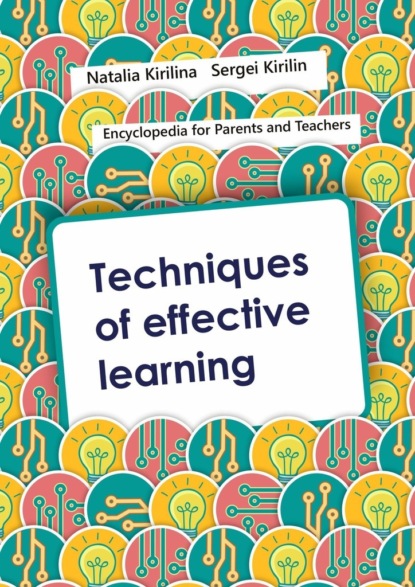– “You read so badly, everyone will move on to the next class and you’ll stay behind for another year.”
– “What, you can’t even remember the times table for two? Everyone else has already learned it for nine.”
– “What’s with this chicken scratch! All the letters are crooked, mistake after mistake, look at how nicely Peter and Vanya write.”
– “If a person is told 100 times they are a pig, they will start to oink like one.”
For this reason, the first step is to try to create a system of raising children using the fourth model: “the world is good, you are good.”
In this model, phrases like the following are used when talking to the child:
– “Good job, you can do it. If you have questions or problems, someone will help you.”
– “Know that I believe in you! You will have strong opponents at the competition, but I’m sure you can do your best.”
– “Well done! Yesterday you read 30 words/min., and now you read 34. You’re making progress, good job.”
– “You’ve already memorized the times table for two. I’m happy for you. I’m sure you can memorize the rest. But that doesn’t mean it will memorize itself for you.”
– “Look how nice your letters A and O turned out. Let’s try to write the next ones just as nicely.”
– “You mixed up the syllables. Let’s try to find where they belong.”
– “The more you put into something, the bigger result you’ll get.”
The second step is to find your child’s strengths.
A child’s strengths may be obvious or not obvious, big or small.
The best way to do this is to take narrow pieces of paper and list various qualities which could generally be counted as a person’s strength.
Personal qualities, social skills, communication skills, knowledge, math skills.
Next, sit down with your child at a table and ask them to help you choose the qualities your child already possesses. In order to make it easier for you to make a control list, you can use the program “Garland”. You will find there a list of strengths divided into categories. The only thing left to do is to print it out and choose with your child which qualities they have.
The third step is to visualize achievement.
The best way to confirm a child’s success is with a tangible result – a diploma, award, any physical confirmation of words.
For this, you can have a table of accomplishments or records where you mark, for example, their best result in reading.
Likewise you can make a garland of your child’s strength, which you determined previously, and attach ribbons together.
Hang the garland in a visible place in the child’s room (near the bed or above the desk).
Then, every time they walk by the garland, your child will get a visual confirmation (reminder) of your words.
The fourth step is to constantly mark progress.
Have a look once or twice a week at the ribbons you did not choose and see which ones can be added to the garland. You can also add new bits of knowledge which your child gained during this period.
This method of improving self-esteem is not only simple but important.
The fifth step is to pay attention to your child’s interests.
Your child’s self-esteem will increase when they are doing what truly interests them.
Your child may not know right away what they really like. Finding out what it is might take some time, but it is important to do.
It may mean having to put off your own dreams of them loving football or becoming a great artist, but as soon as your child finds their own passion, you will get a happier and more confident child.
What you can do to help your child learn
– Do not place unwanted labels or roles onto your child, even if your intentions are good. Instead, encourage them to change. It is better to show them that they can do a lot and you are ready to help.
– Determine what your child’s strengths are by using the helper “Garland”.
– Visualize achievements.
– Mark progress.
– Take into consideration your child’s opinion and interests.
This way your child will have a worthy opinion of themselves, will not be afraid of making mistakes, and will go forward and take responsibility for their lives.
He will be able to set goals and reach them no matter what and whatever the circumstances.
Ready solutions and why they are needed
“Homework agreement” technique
As a rule, we prefer prepared, tested solutions, and avoid using new ones. This gives clear, expected results, which is why this model of adult behavior is understandable and comfortable.
After all, why should we, on the one hand, complicate our lives looking for an answer if we can ask someone and get a response. On the other hand, it is a sort of guarantee of a definite result.
However, you should not try to make your life and your children’s lives completely easier by giving them with ready solutions from morning till evening.
“Where’s the food?” – “In the fridge.”
“Mom, what should I wear?” – “Put on your blue pants and the polka-dot shirt.”
“Mom, I’m thirsty.” – “Here’s some water.”
“I can’t solve this problem.” – “Here, like this…”
And so on, giving your children an immediate solution. This is the first step, the second, the third…
Вы ознакомились с фрагментом книги.
Для бесплатного чтения открыта только часть текста.
Приобретайте полный текст книги у нашего партнера:








 Рейтинг:
0
Рейтинг:
0